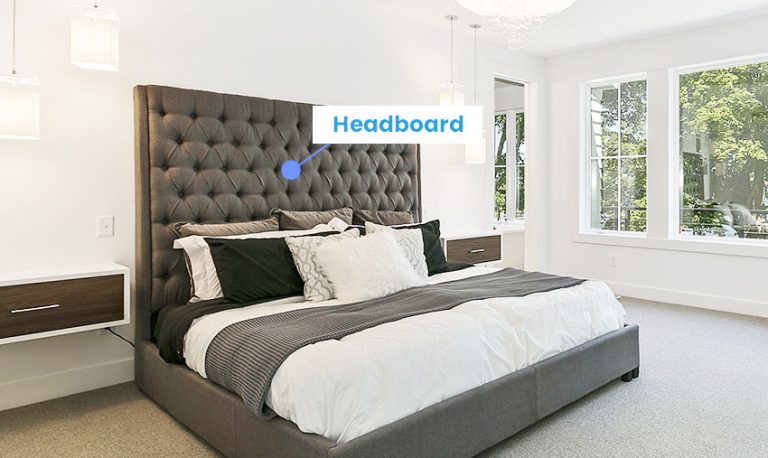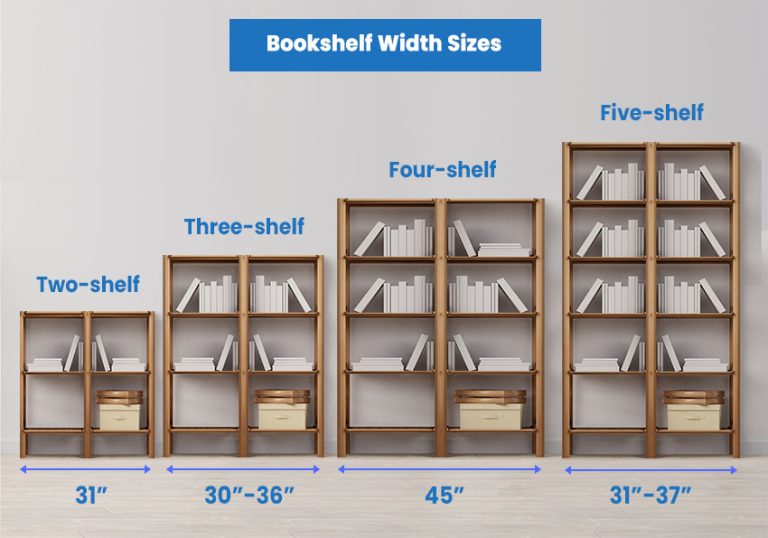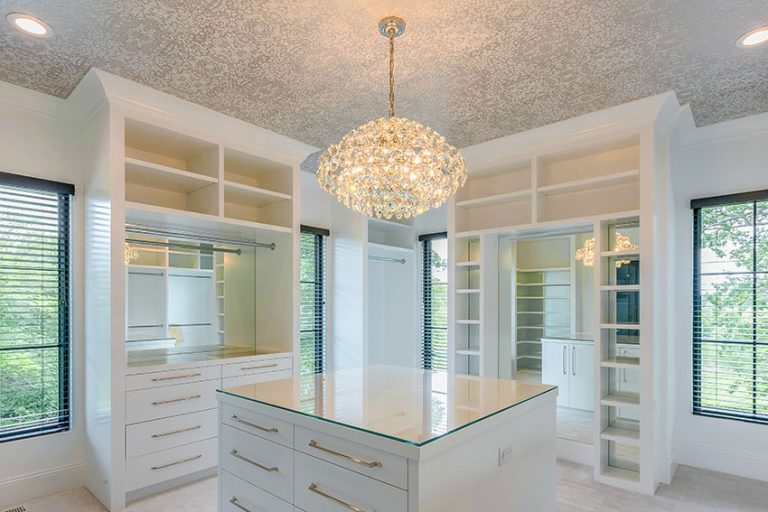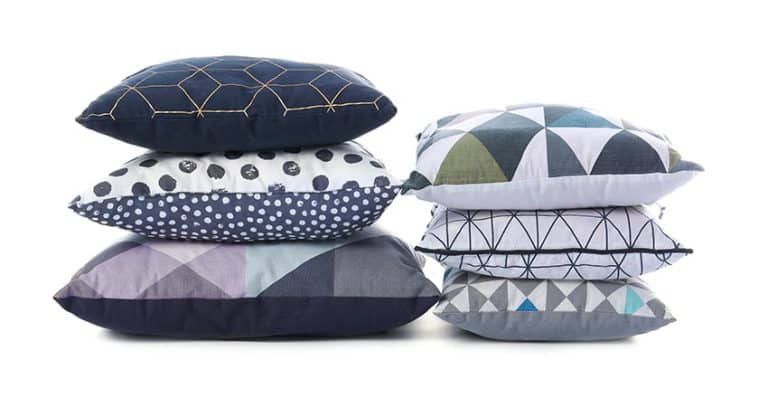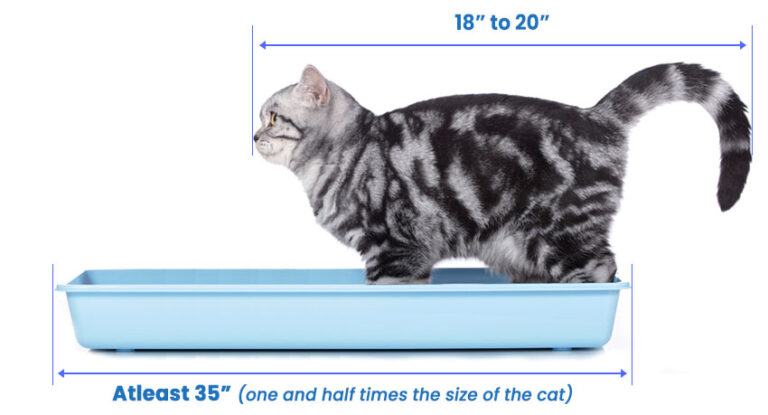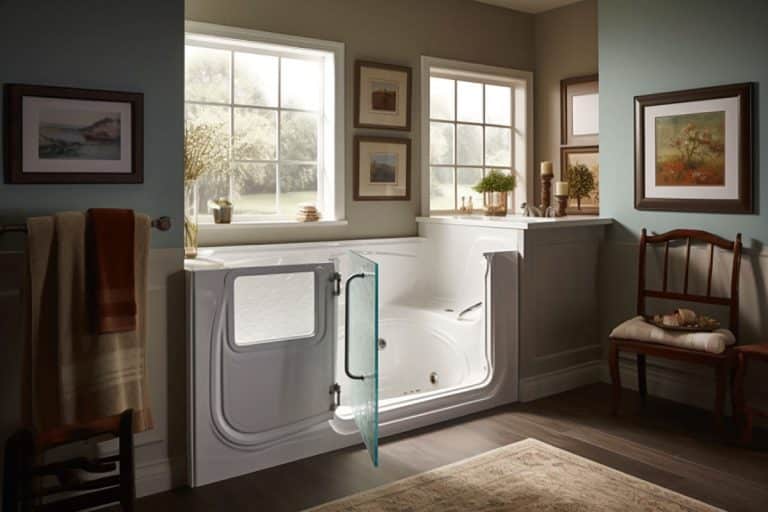Recessed Lighting Sizes (Fixture Images & Measurement Tips)
Discover different recessed lighting sizes including the dimensions for standard can lights, bulbs, and ideal measurements for kitchens, living rooms, and bathrooms.
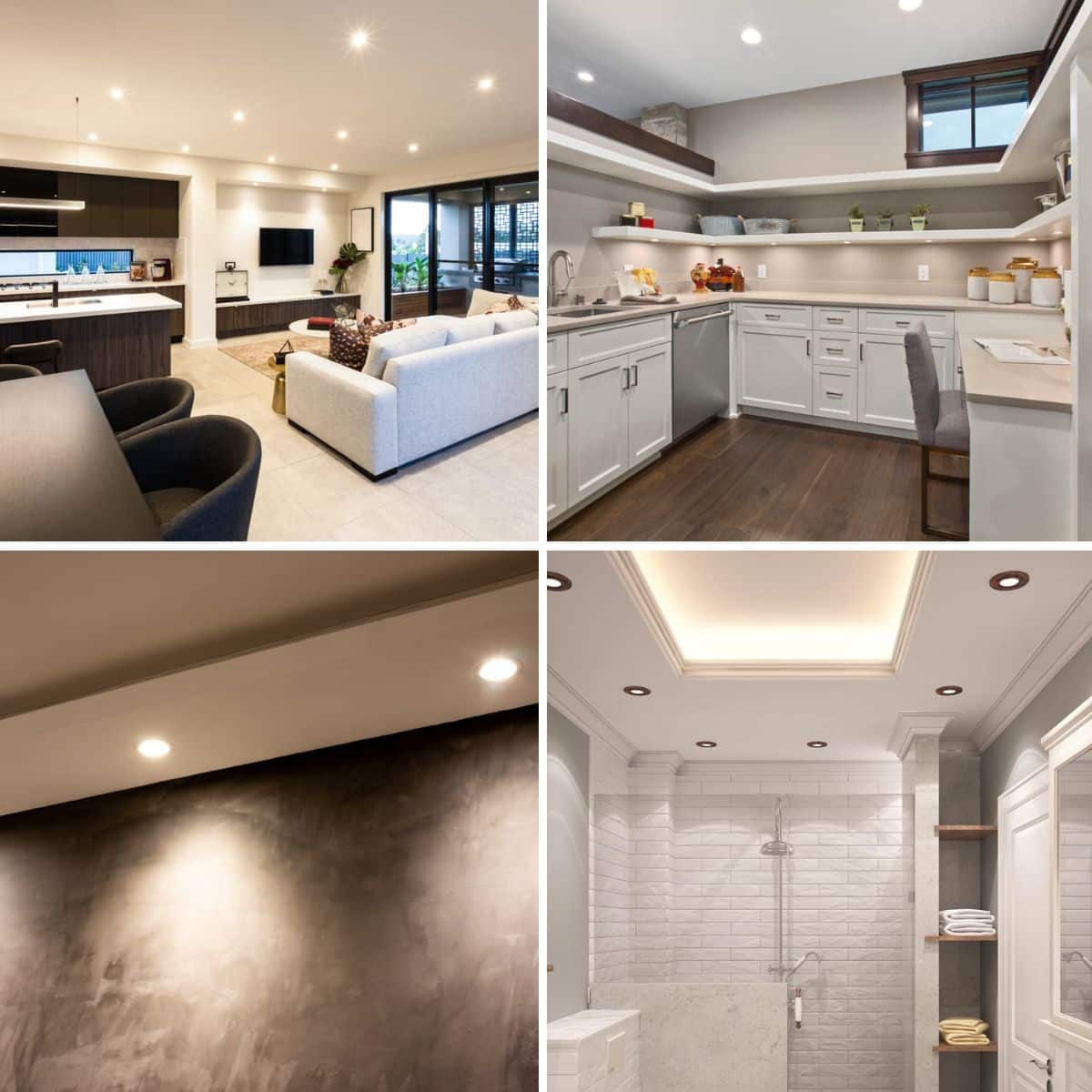
Among the many residential lighting options, few are as stylish and modern as recessed lights. These fixtures retain a home’s aesthetic appeal while delivering adequate illumination. Unfortunately, creating a hole to accommodate these through-the-ceiling lighting fixtures can ruin a home’s elegant look if one doesn’t consider standard recessed lighting sizes.
This article explores recessed lighting sizes across different rooms, including the measurement of principal components, the ideal number of recessed lights in a room, and how homeowners can measure recessed lighting.
Standard Can Light Sizes
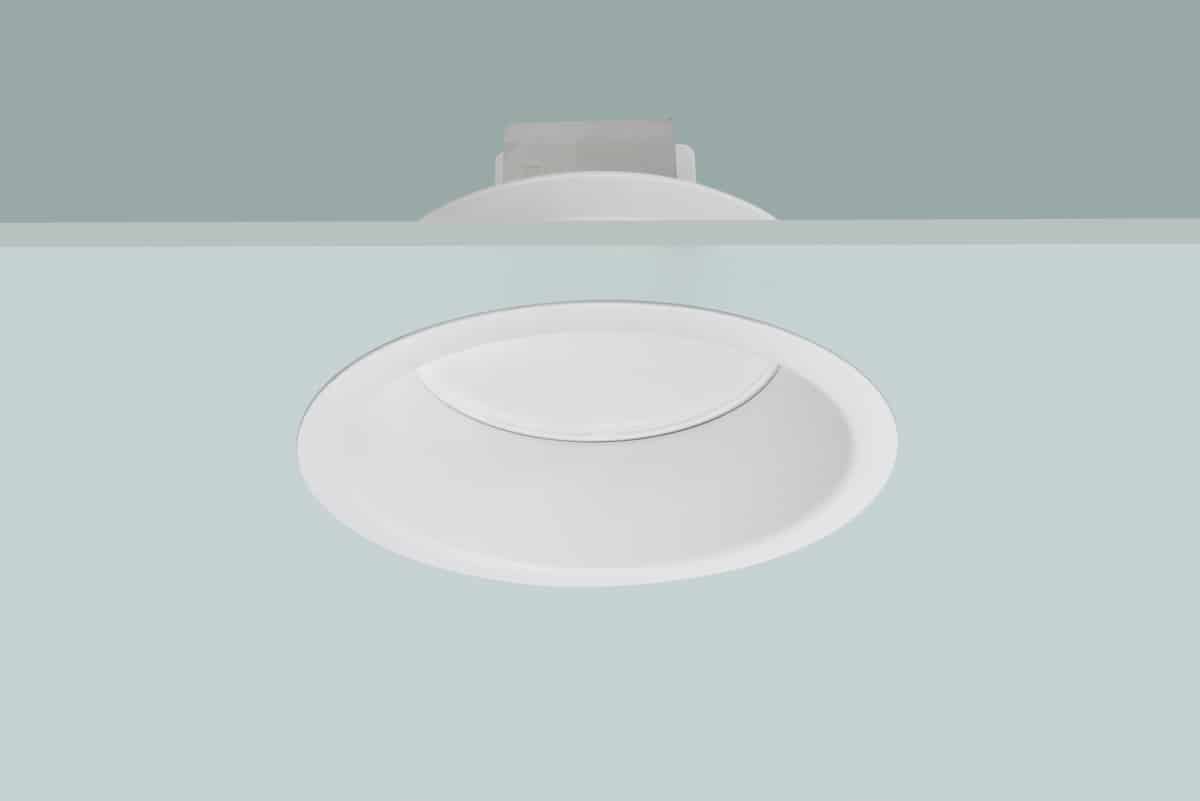
Here’s a quick look at the standard sizes for recessed lighting. (Sizes may vary due to the manufacturer and application)
4″ Recessed Light Size: 4-3/8″ wide x 5.5″ high
5″ Recessed Light Size: 5-5/8″ wide x 7.5″ high
6″ Recessed Light Size: 6-3/8″ wide x 7.5″ high
Unlike other residential lighting fixtures (i.e., pendant lights, incandescent bulbs, and chandeliers), recessed light fixtures are “invisible.” No bulbs or housings are sticking out like a sore thumb from their mounting positions. All one gets is light that brightens any space, making it safer to perform chores.
However, like any device, recessed lights feature three principal components – the bulb, trim, and housing, which many colloquially call “the can.” Manufacturers classify their recessed lighting products in inches, describing the can’s or housing’s interior diameter. One can imagine an ordinary tin can open on both ends.
Recessed light fixtures are very popular for providing general lighting , specific task lighting , or for accenting rooms. – Popular Mechanics Complete Home How-to, Albert Jackson, David Day
Measuring the can’s widest section on its interior surface gives rise to its internal diameter. It does not matter how thick the can’s walls are. What matters is the inside diameter is equal to the standard can light sizes. Most recessed lights have a can size of 4, 5, and 6 inches, while less common recessed lights have a 2-, 3-, or 8-inch diameter.
4″ Recessed Light
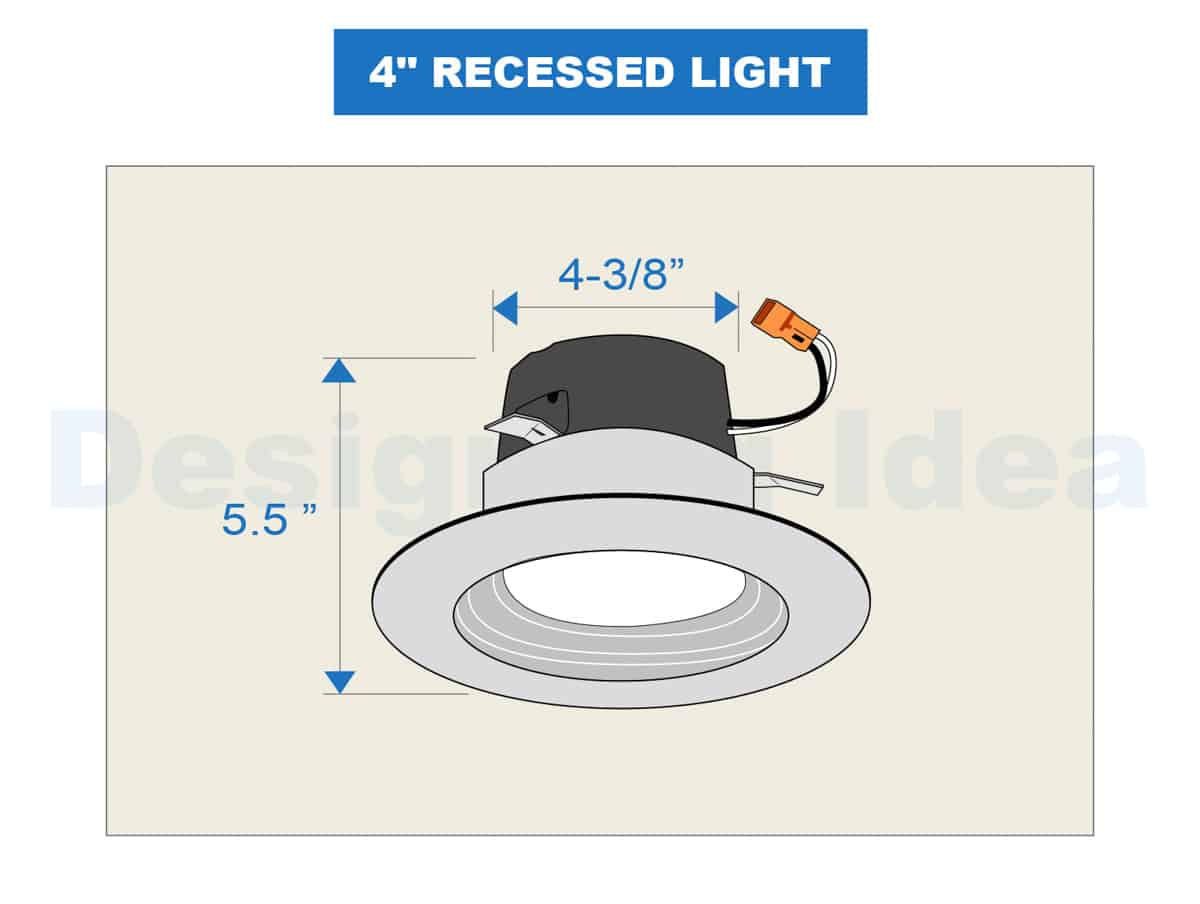
• 4 Inches: A 4-inch can light is ideal for illuminating work spaces (i.e., kitchen countertops and study areas), although most homeowners use this size to improve a room’s aesthetics. However, the current trend is for homeowners to use a 4-inch recessed light for general lighting.
The can’s depth or height also matters. Most 4-inch can lights stand 5.5 inches, although shallow versions are shorter by 2 inches at only 3.5 inches. As mentioned, the can size only reflects the fixture’s inside diameter sans its wall thickness. Hence, homeowners must create a hole in the ceiling larger than 4 inches. Most 4-inch can lights require a mounting hole of 4-3/8 inches.
5″ Recessed Light
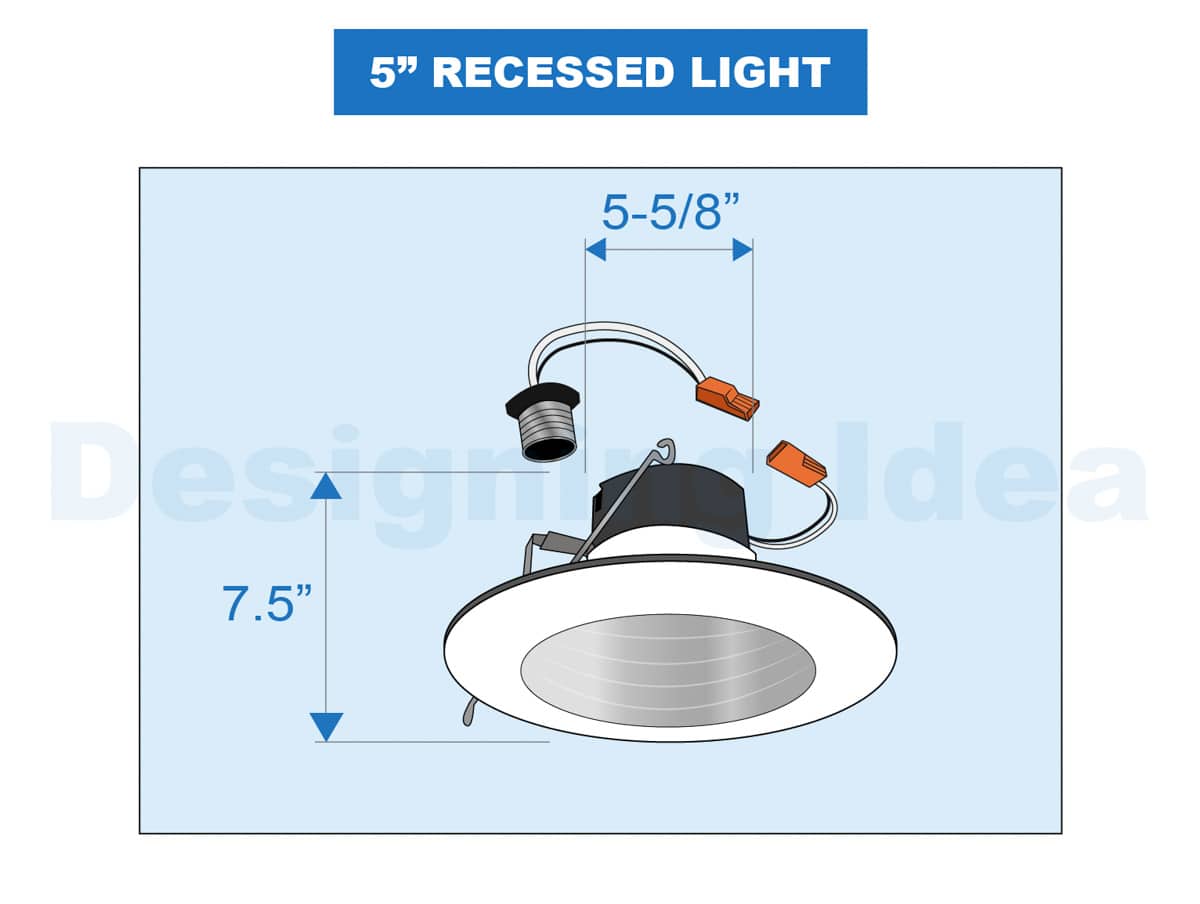
• 5 Inches: Five-inch can lights are less common than 4-inch units. Regardless, these recessed lights are perfect for general illumination. They are also popular among homeowners who want to upgrade their 5-inch incandescent bulbs, allowing for seamless renovation.
A 5-inch can light can extend 7.5 inches from the outer rim to its mounting edge on the opposite side. Homeowners who require a shallow recessed light can opt for a 5.5-inch-tall 5-inch unit.
Like 4-inch recessed lights, 5-inch cans require a larger hole than its inside measurements. This fixture needs a 5-5/8-inch opening for mounting the can.
6″ Recessed Light
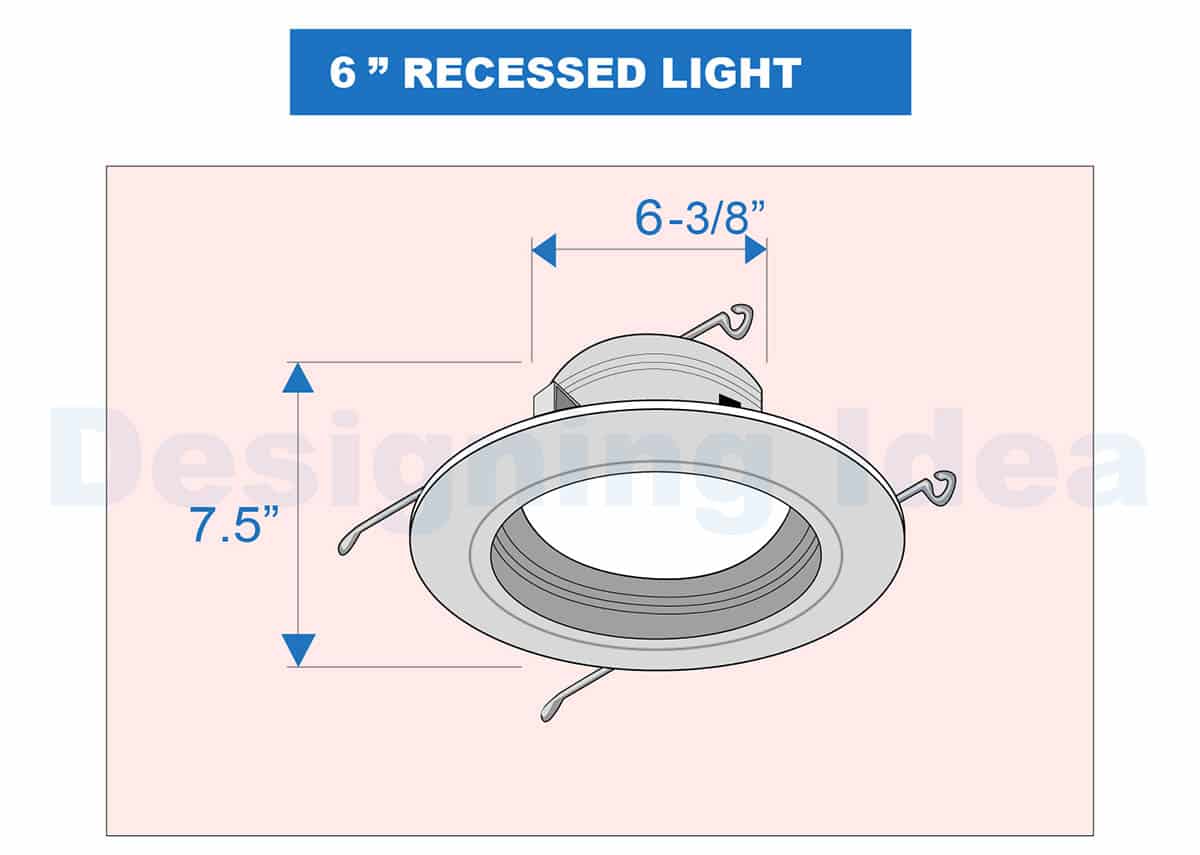
• 6 Inches: Most homes feature a 6-inch can light, allowing them to enjoy as much illumination as possible across different rooms. This lighting fixture requires a 6-3/8-inch opening for mounting through the ceiling. They also have identical heights as 5-inch can lights (7.5 inches for standard-height fixtures and 5.5 inches for shallow versions).
Recessed Light Bulb Sizes
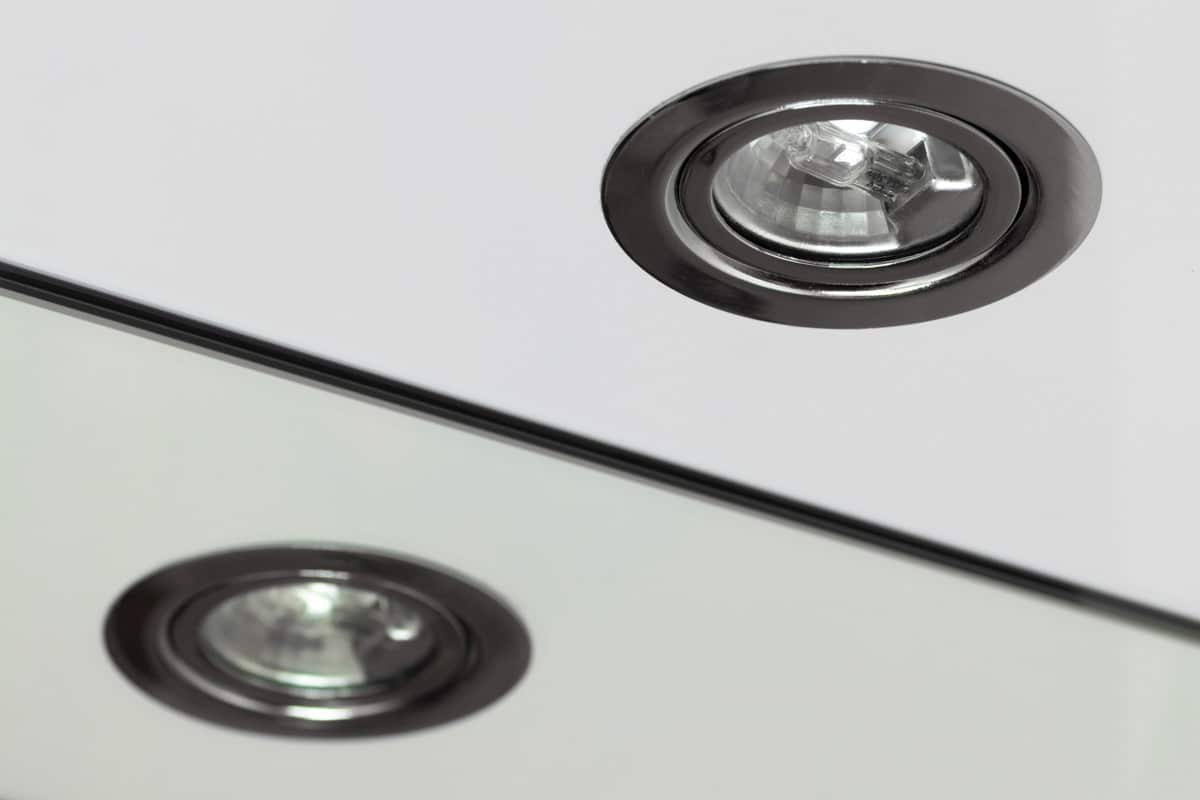
Light bulb sizes for recessed lighting fixtures hinge on the can light’s measurements. For example, it would be unimaginable to screw a 5-inch bulb-type LED into a 4-inch can light. Hence, homeowners must check the can light’s diameter and the bulb receptacle at the other end.
Two bulb types are available for recessed lighting – “bulged reflector” (BR) and “parabolic aluminized reflector” (PAR). These fixtures vary in function, and knowing their differences is as crucial as determining the correct light bulb size for a recessed lighting fixture.
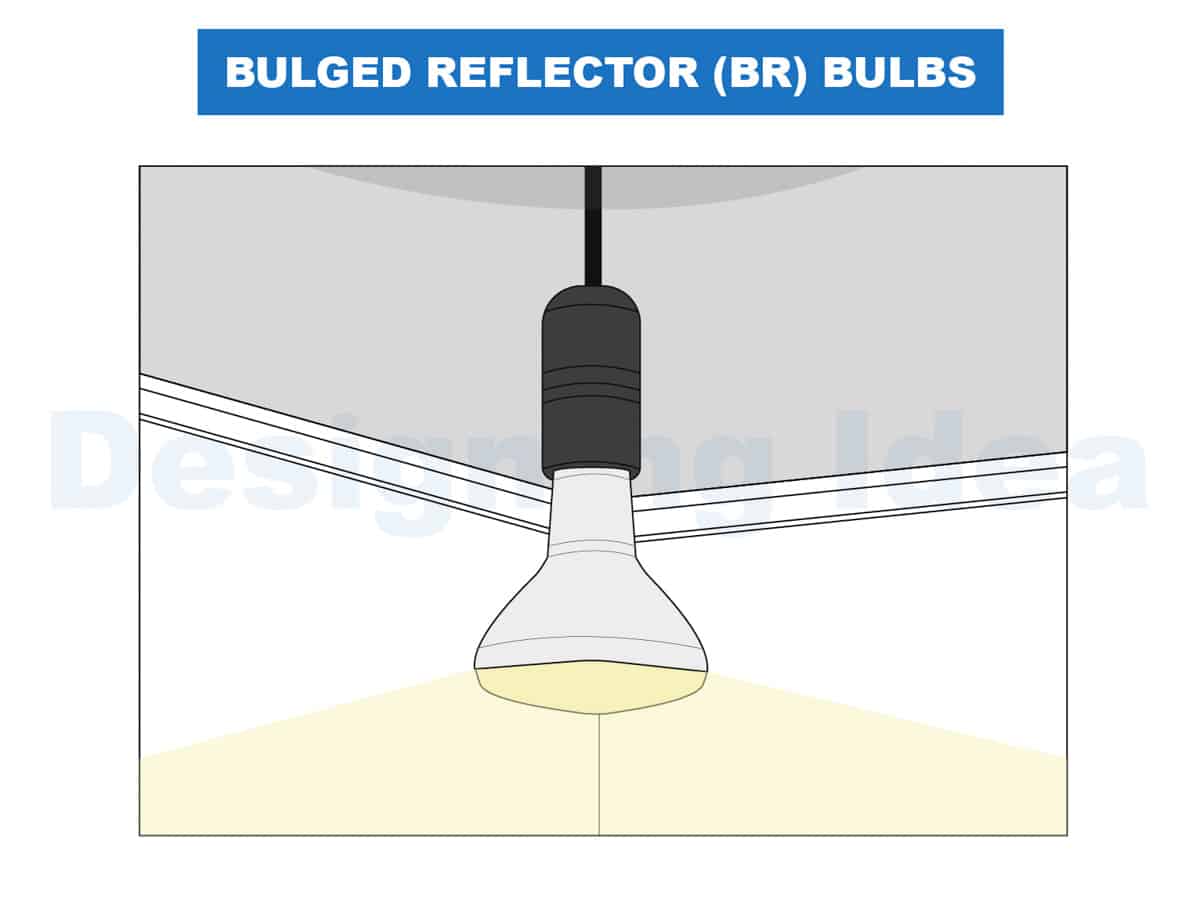
• Bulged Reflector (BR) Bulbs: Bulged reflector (BR) bulbs are suitable for producing diffuse lighting, although size often dictates how dispersed or concentrated the light beam is. These bulbs are ideal for ambient lighting, especially in the kitchen, bedroom, and living room.
BR bulbs for recessed lighting come in two sizes – BR30 and BR40. The number after “BR” denotes the bulb’s measurement in 1/8 of an inch. For instance, a BR30 light bulb has a diameter of 3.75 inches (1/8 inch x 30 = 3.75).
Meanwhile, a BR40 bulb will have a 5-inch diameter (1/8 inch x 40 = 5.0). Hence, a BR30 bulb will fit nicely in a 4-inch can light but not a 5- or 6-inch fixture. A BR40 bulb will be more appropriate for these recessed light sizes.

• Parabolic Aluminized Reflector (PAR) Bulbs: Parabolic aluminized reflector (PAR) bulbs are ideal for pinpoint illumination because the light beam creates distinct boundaries. They make excellent accent or security lights around the house and task lights in the study room or kitchen.
PAR bulbs have a slightly smaller measurement than BR units. One can multiply a PAR value by 0.124 inches instead of the BR20’s 0.125 inches. Hence, a PAR20 bulb has a diameter of 2.48 inches, while a BR20 has 2.5 inches.
What Size Recessed Fixtures for the Kitchen?
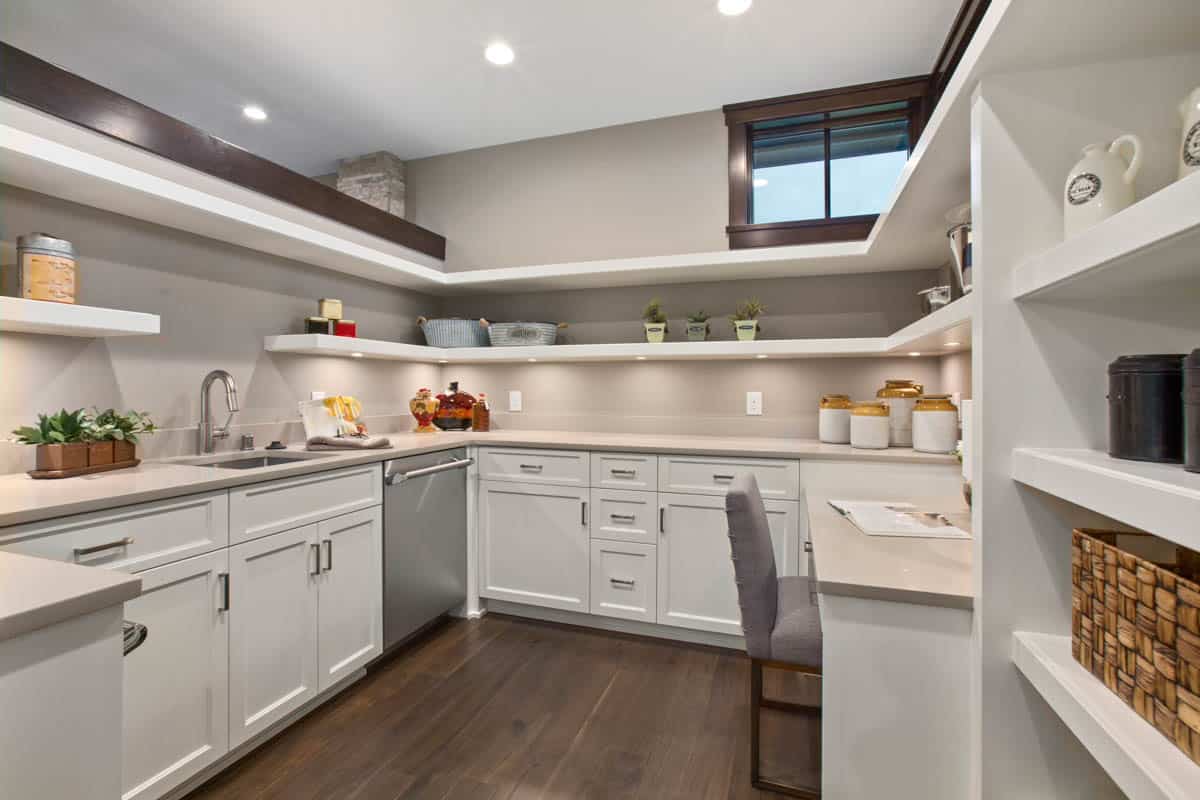
Most homes use 4- or 6-inch recessed lights for the kitchen, with the smaller 4-inch units positioned in workspaces (i.e., kitchen countertops and sinks). Many kitchen interior designers recommend placing 4-inch recessed lighting under hanging kitchen cabinets, allowing them to illuminate the countertop below.
Six-inch recessed lights are ideal as general illumination in the kitchen. For example, one can place several 6-inch units throughout the kitchen ceiling, reserving 4-inch lights in spaces where focus and concentration are necessary.
Recessed Ceiling Light Dimensions for the Bathroom
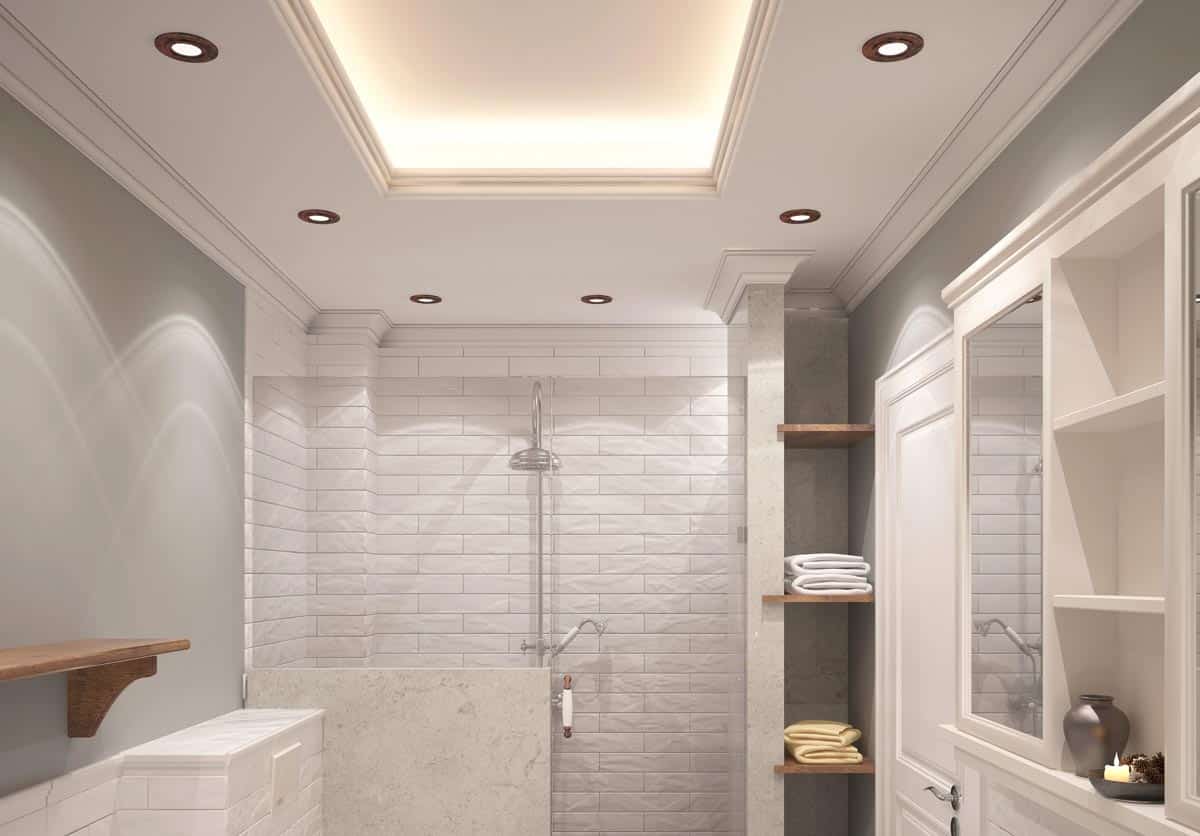
Recessed lighting sizes for bathrooms vary depending on the bathroom’s size. Although most homeowners use 6-inch recessed lights, families with smaller toilets or baths can opt for 3-inch recessed lighting fixtures.
Three-inch recessed lights are also ideal for accentuating bathroom zones. For example, families can install one or two 3-inch lights above the bathtub or the changing nook. Six-inch recessed lights can illuminate a large bathroom’s main section.
Recessed Downlight Size for the Living Room
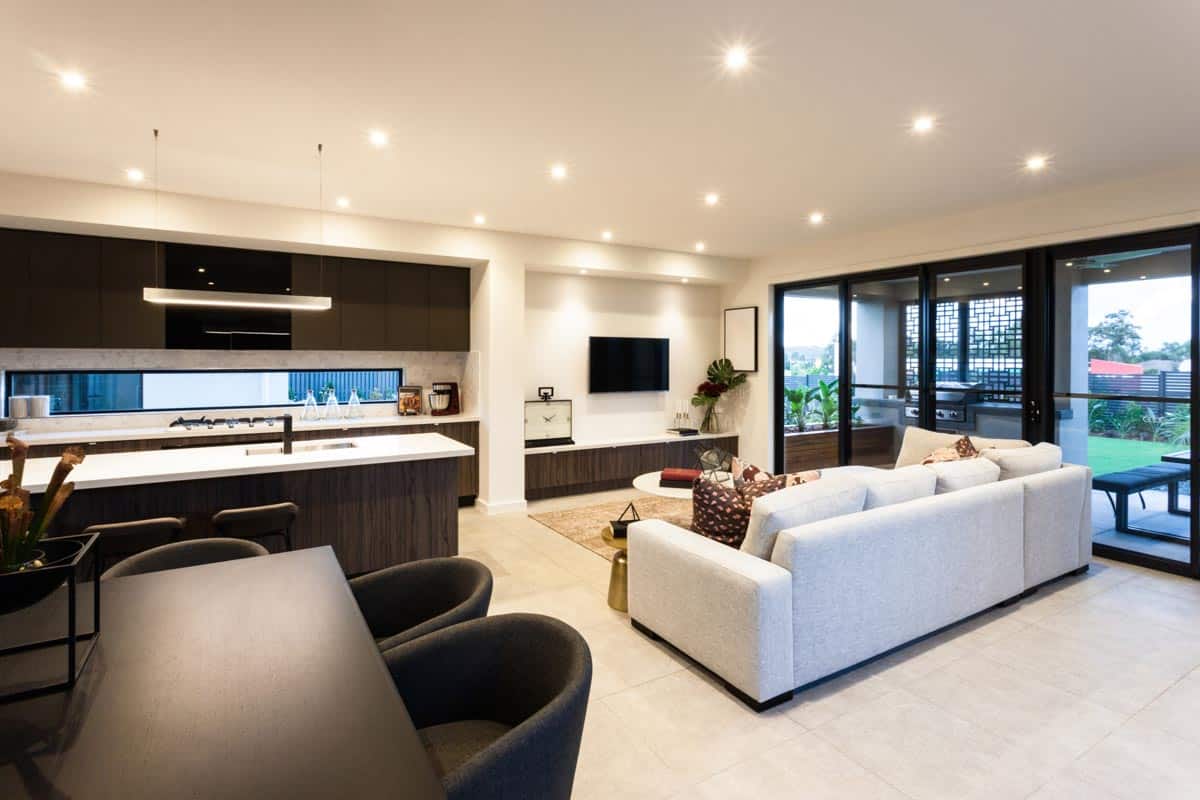
Living rooms come to life with 6-inch recessed lights illuminating the area from the ceiling. It has a calming effect, allowing families and guests to relax and enjoy good family entertainment.
However, adding 4-inch recessed lights in certain living room sections can improve the room’s aesthetics. For instance, families can install 4-inch fixtures near the walls to create a “wall washing” effect. It can also highlight paintings, decorative items, sculptures, and other works of art, drawing attention to these objects.
Recessed Size to Use for an 8ft Ceiling
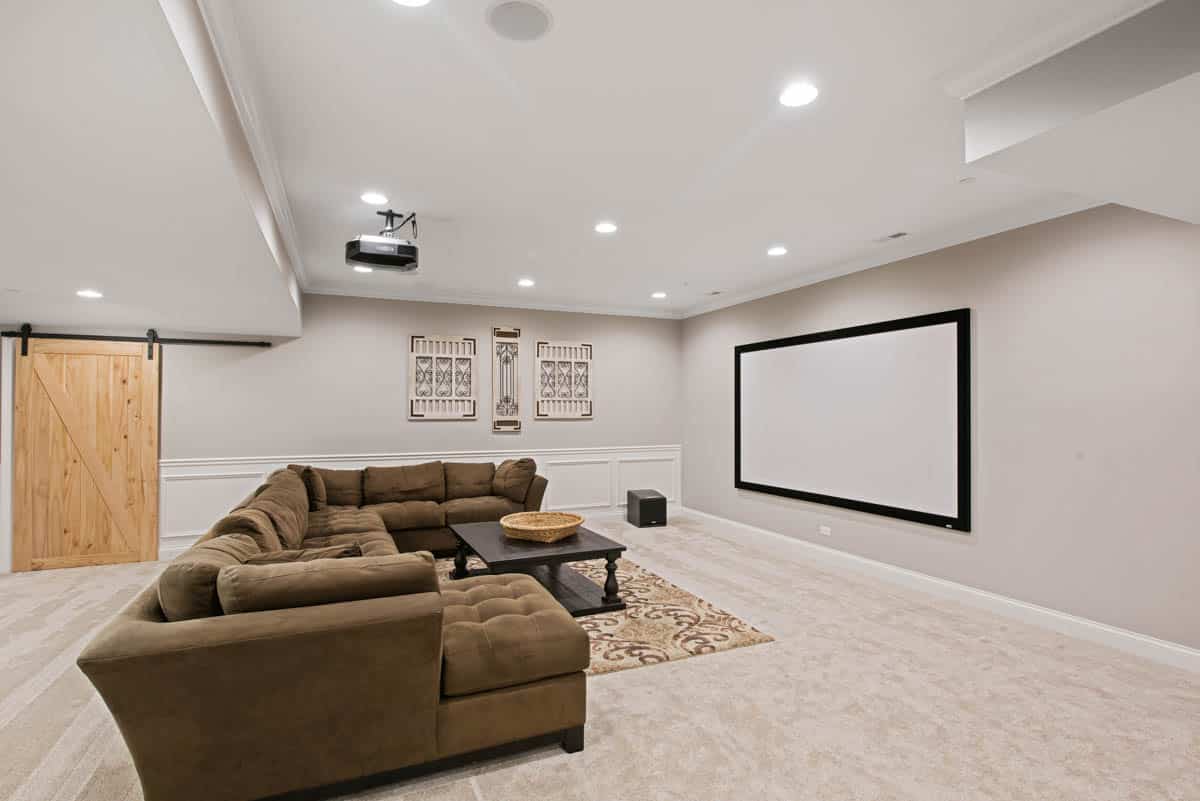
Homes with 8-foot-high ceilings can benefit from 4- and 6-inch recessed lights, the latter being ideal for general-purpose sections. For example, living rooms, kitchens, and bedrooms will look more inviting and safer with 6-inch lights shining from above.
On the other hand, 4-inch lighting fixtures will be exceptional in highlighting specific sections in these rooms. For instance, the kitchen countertop will be safer with 4-inch lights under hanging kitchen cabinets.
They can also accentuate works of art and other decorative pieces in the living room. If one wants to “wash the walls” with light, a 7-inch recessed lighting fixture should do the trick in a home with an 8-foot-tall ceiling.
How Many Ceiling Fixtures for a Room?
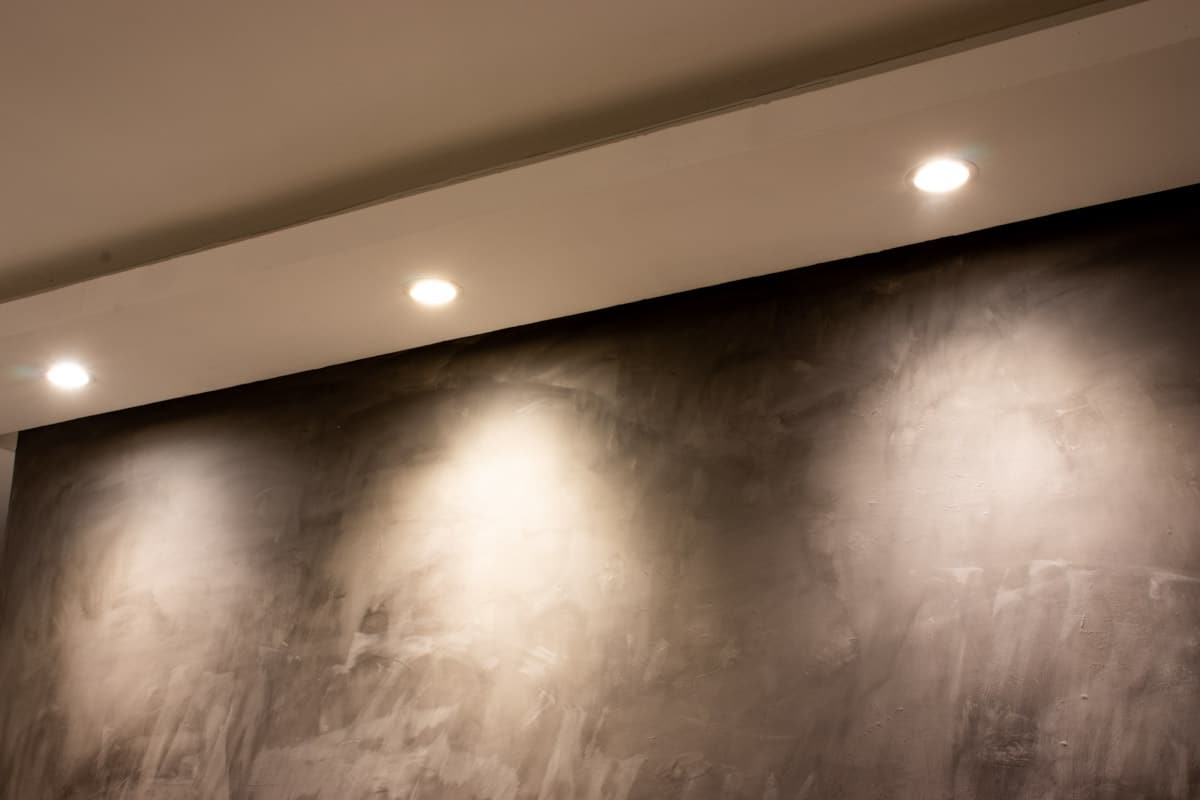
How many recessed lights a family needs in a given room depends on its purpose or illumination requirements. For example, the average kitchen has many potentially dangerous items, including stoves, ovens, knives, and other sharp objects. Hence, one needs brighter illumination in the kitchen to make it a safe place.
On the other hand, the bedroom requires dimmer lights to allow the brain to enter into its rest mode. The living room can benefit from adjustable recessed lights, allowing families to modify the light intensity to suit a desired ambiance.
The number of recessed lights a room needs depends on its square footage and the fixture’s wattage rating. Homeowners can multiply the room’s square footage by 1.5 to determine its wattage requirement. Dividing the result by the light’s wattage rating allows families to know the number of recessed lights they need.
For example, suppose a room measures 150 square feet, and the family intends to use 25-watt recessed light bulbs. In that case, they can multiply 150 square feet by 1.5 to get 225 watts. Dividing 225 watts by 25 watts leads to 9 25-watt recessed lighting fixtures.
How to Measure Recessed Hole Openings for Fixtures
Two ways of measuring recessed lighting exist, depending on whether it’s a new installation (cutting a new hole for the fixture) or a retrofit (replacing an existing light).
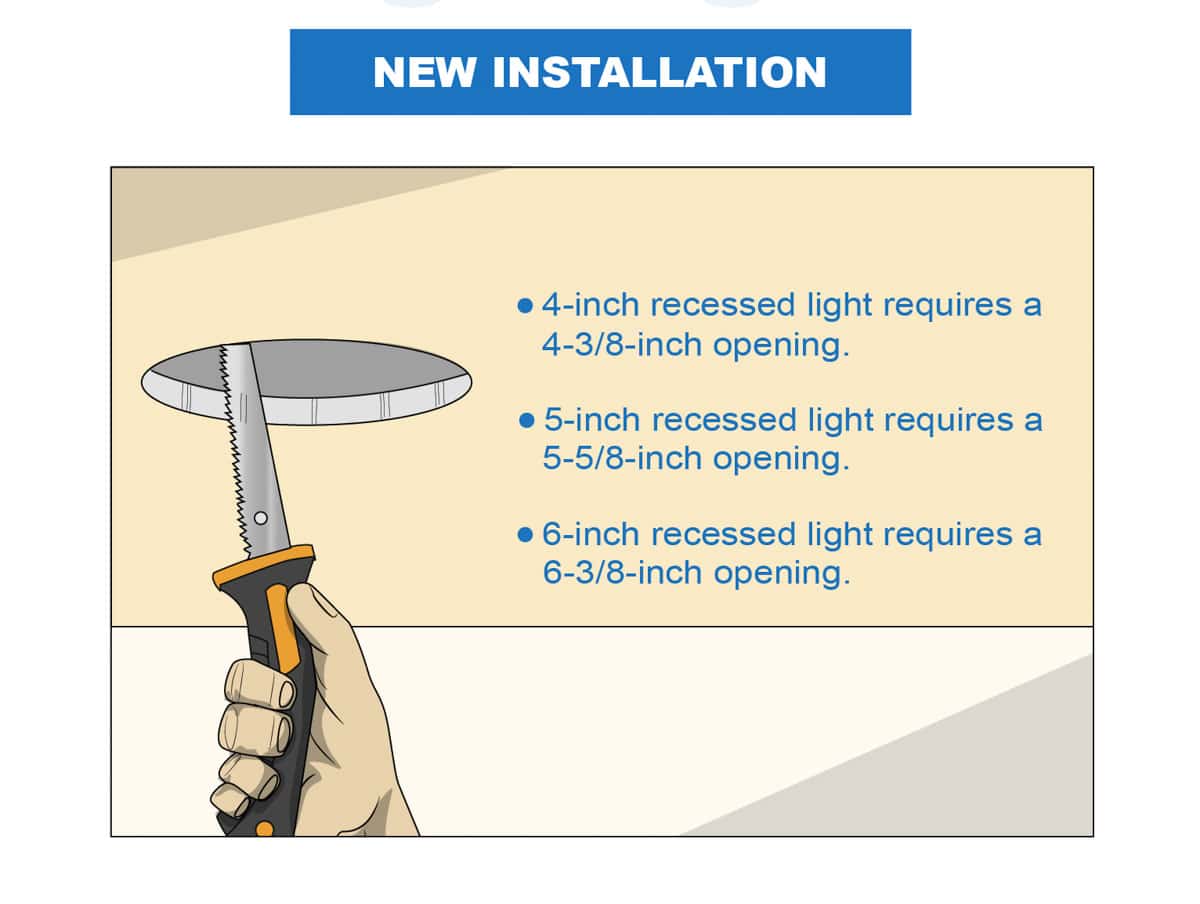
• New Installation: Cutting a new hole in the ceiling to accommodate a recessed light requires measuring the lighting fixture’s inside diameter or referring to the manufacturer’s specifications. For example, a 4-inch recessed light requires a 4-3/8-inch hole, while a 6-inch unit needs a 6-3/8-inch opening.

• Lighting Fixture Replacement: Retrofitting an existing lighting fixture with recessed lighting requires measuring the can light’s inside diameter and rounding the value to the nearest whole number. For example, if one obtains a value of 5-7/8 inches, a 6-inch recessed light will be sufficient.
One must remove the LED lights module or trim to measure the recessed light’s inside diameter. Use a tape measure to determine the can’s size.
Homeowners should avoid measuring the fixture’s outer trim because the hole will be too large for the can. They must also not measure the distance between the opening’s widest sections because it will still be larger than the recessed lighting fixture’s interior diameter. Please note that recessed lighting sizes reflect their inside diameters.
See more related content in our article about the different recessed lighting alternatives on this page. If you have a question we didn’t cover, or want to share your experience, information or tips, please do so in the comments section below.

